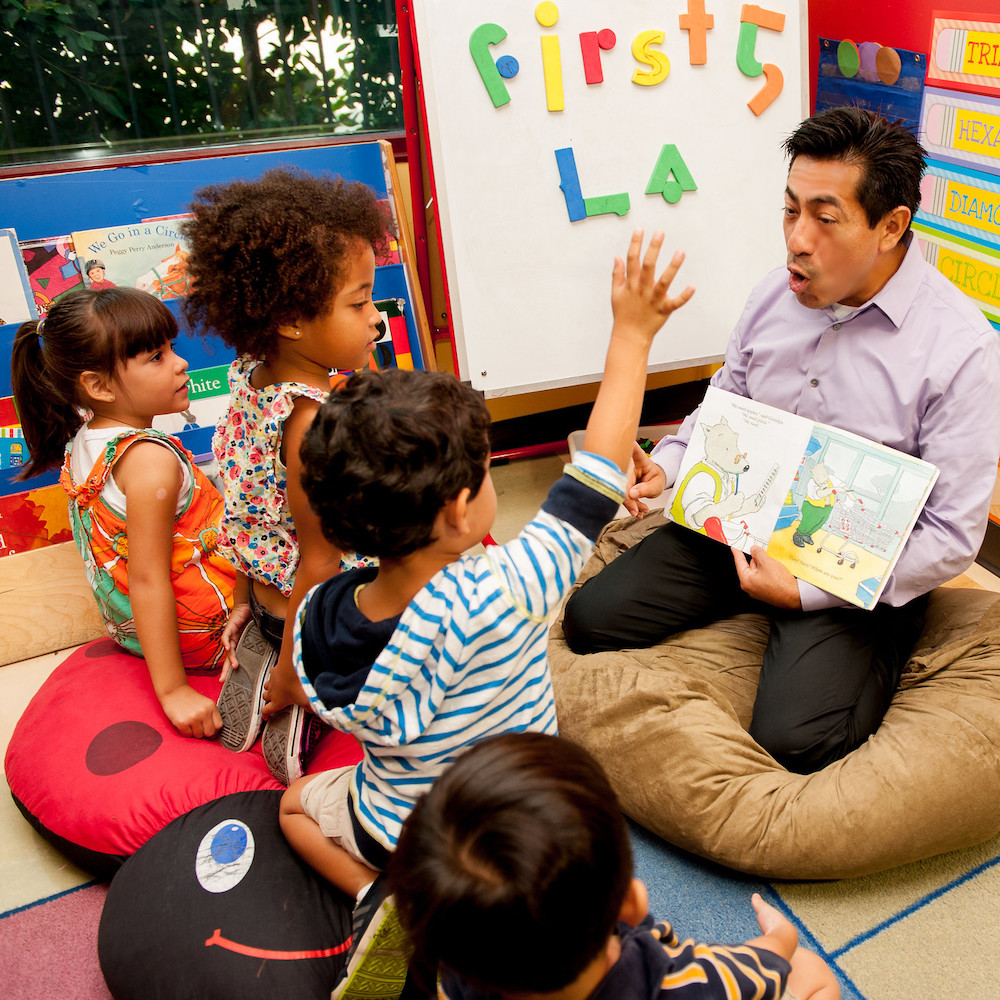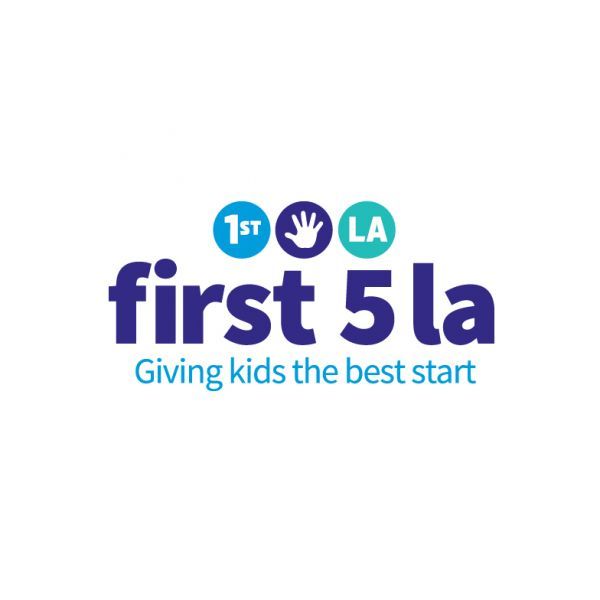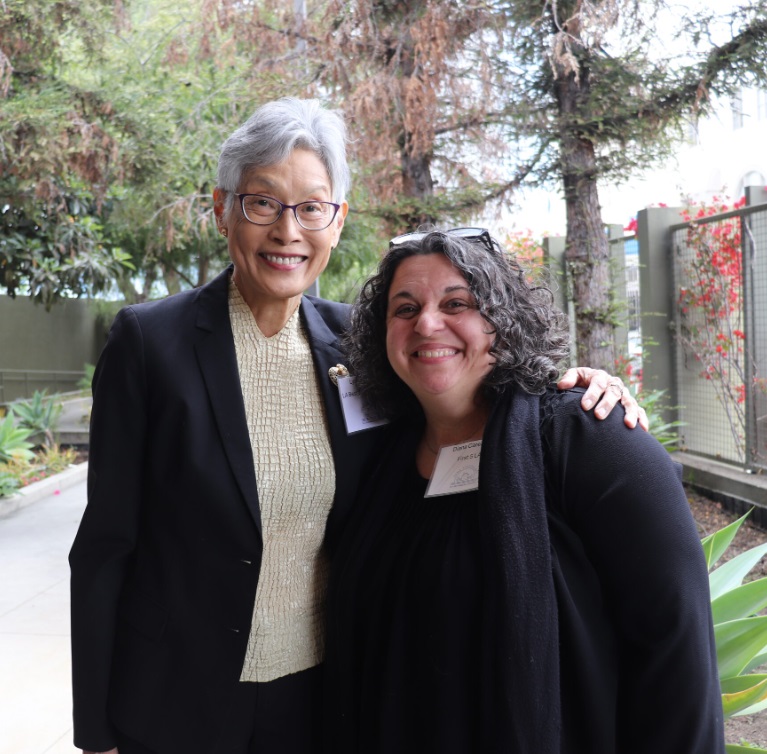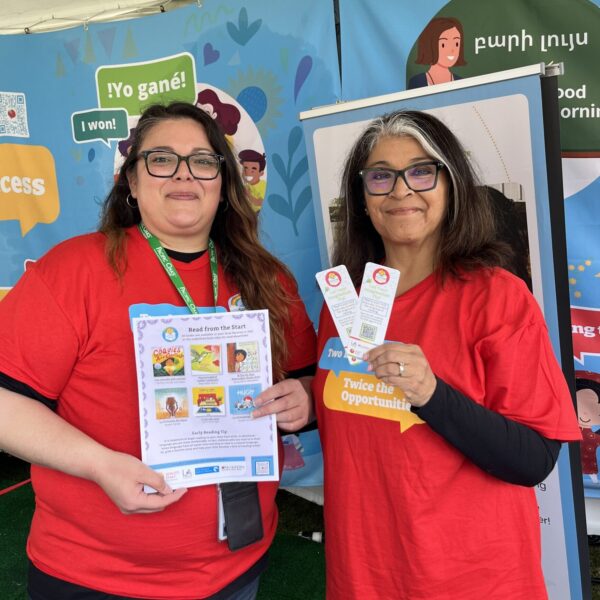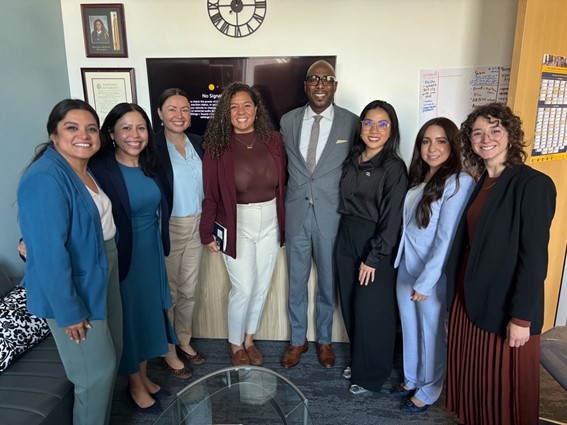September 30, 2021
Lower risk of developing dementia and Alzheimer’s Disease. Higher cognitive flexibility. Expanded job opportunities. Stronger sense of identity and enhanced awareness of cultural diversity. Research shows that bilingual children reap multiple benefits from their language skills throughout their lives. But the key to gaining these benefits lies in children receiving instruction and support in both English and their home language before they enter kindergarten.
“Dual language learners have much greater academic success over time if both the home language and English are supported from an early age,” said Keesha Woods, executive director of the Los Angeles County Office of Education (LACOE) Head Start and Early Learning Division.
That’s why Quality Start Los Angeles (QSLA), a collaboration of seven agencies focused on early learning, has launched the Dual Language Learner Initiative, a program designed to support educators and families of dual language learners from birth to age 5. The initiative kicked off on Saturday, September 25th with an online event attended by early childhood teachers, parents and community members.
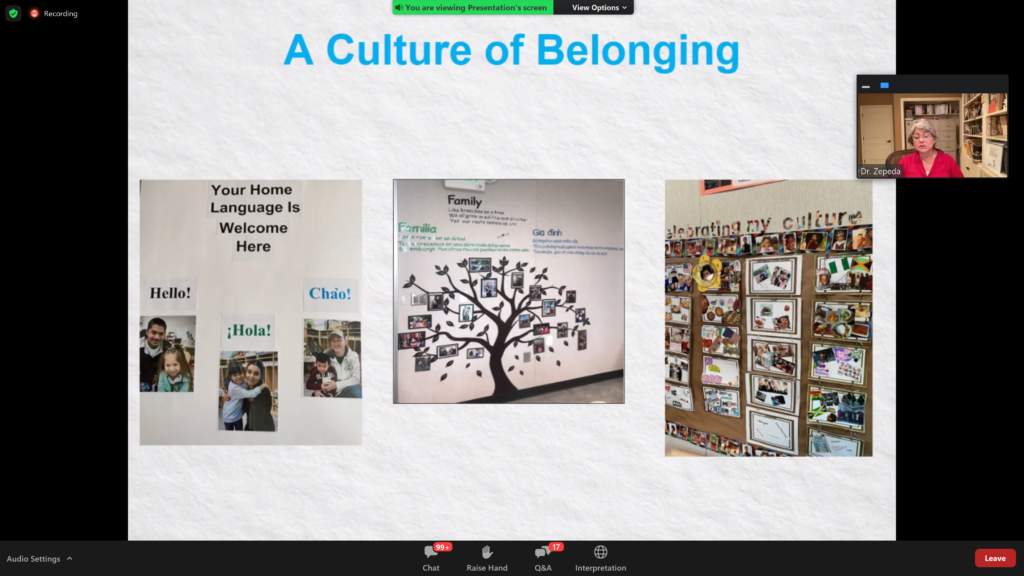
First 5 LA, which is funding the Dual Language Learner Initiative, is a member of QSLA, along with LACOE, Child360, Child Care Alliance of Los Angeles (CCALA), the L.A. County Office for the Advancement of Early Care and Education, Partnerships in Education, Articulation and Coordination in Higher Education (PEACH) and the L.A. County Child Care Planning Committee.
Each facet of the Dual Language Learner Initiative will be overseen collaboratively by the various partners. The professional development offerings, which start in October, will include a variety of professional development activities tailored for early education providers, directors and administrators, parents and families, and family engagement specialists. Child360 and LACOE will train early childhood educators in dual language learning pedagogy — including language, math, literacy and socio-emotional development — and in the creation of learning environments that foster dual languages, said Jacqueline Lopez, the coordinator of LACOE’s Head Start and Early Learning Division, during the virtual launch event. The Directors’ Institute, meanwhile, will educate principals, administrators and directors about developing policies and procedures to support dual language learning, while Child360 will oversee the evaluation of the initiative through tracking outcomes, said Dawn Kurtz, Child360’s chief research officer.
CCALA will focus on family engagement for parents and families as well as family engagement specialists. These workshops will be designed to show parents how they can support both languages at home through books, conversation and other activities, as well as allay common fears that their children won’t learn sufficient English in dual language programs or that learning two languages simultaneously will confuse children. Age-appropriate books in many languages, including Spanish and Mandarin, will be distributed free to families, according to Fiona Stewart, the program director of the Child Care Alliance of L.A. Additionally, the initiative will include a public awareness campaign to educate the community and policymakers about the unique assets of bilingual people.
Improving support for dual language learning carries huge implications for California’s youngest residents. Sixty percent of children in the state under age 5 grow up in bilingual households, encompassing some 200 languages. Although 81 percent are Spanish-speaking, Vietnamese, Mandarin and Arabic make up the next largest groups, around 2 percent each. Southern California has the state’s biggest concentration of dual language families. In the Los Angeles Unified School District, 25 percent of children are English learners, according to statistics provided during the presentation.
Research has shown that children who lack preschool support in English enter kindergarten up to a year behind their peers in language, literacy and math, and that it takes five to seven years to develop academic English to fully participate in the classroom.
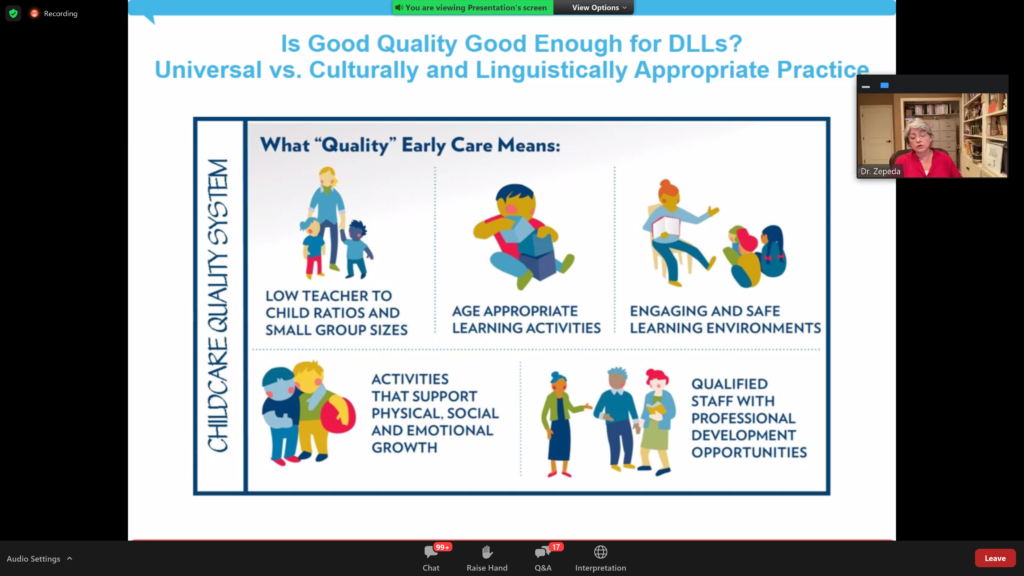
“California is ground zero for English learners in the nation,” said Marlene Zepeda, a First 5 LA Board commissioner and professor emeritus at Cal State LA’s Department of Child and Family Studies, during her keynote presentation at the launch event.
The English-only approach, which involves immersing a non-English speaking child in all-English instruction, can be traumatizing to children. It discourages children from school and ignores the benefits of being bilingual, biliterate and bicultural, Dr. Zepeda said.
With the best time for language acquisition from birth to age 3 and the greatest sensitivity to sounds from multiple languages during the early years, it is essential to encourage and support dual language learning as early as possible. Not only can teachers and families work together in using the home language as a scaffold to build English skills, but they can maintain and foster both languages to secure a strong sense of identity, connection to family and academic success to thrive in a global economy, Dr. Zepeda said.
“Families are critical to the success of our children,” stated Dr. Zepeda. However, she underscored that the most important factor for the success of dual language learners is the teacher’s own attitude toward bilingualism, whether seen as a positive or negative. With the right teacher disposition, it’s not as necessary to speak a student’s home language in order to be a dual language teacher. It’s more about valuing and respecting the home languages and cultures of all children and creating a climate of belonging.
“You can be effective in languages you do not know,” she said, noting that teachers can incorporate visuals and materials in the classrooms that mirror students’ cultures and families.
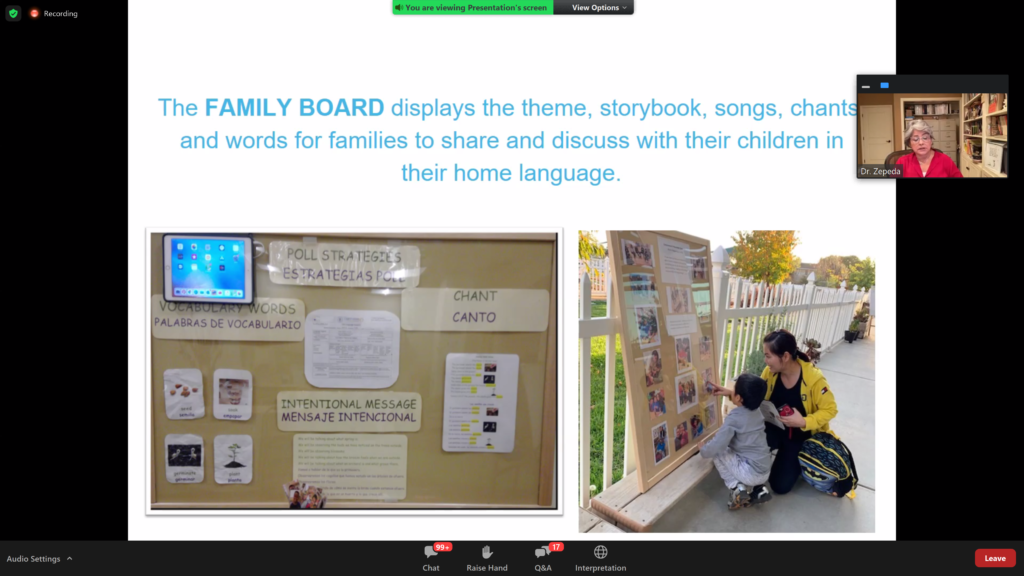
Dr. Zepeda recommended that teachers establish lines of communication with parents, have a sense of a child’s living conditions and community, and be aware of different cultural communication styles, such as eye contact and physical proximity when speaking, a deferential attitude toward teachers, and respect for elders. For instance, while American families stress the cognitive development of babies with toys and devices, other cultures value surrounding children with calm and quiet, she said.
“Language isn’t just about words and grammar,” Dr. Zepeda said.
But she noted that no matter where parents come from or what child-rearing styles they adopt, they all want the same things for their children: to be healthy and safe and to grow up with a skill to make a living. “These are universal goals,” Dr. Zepeda said.
